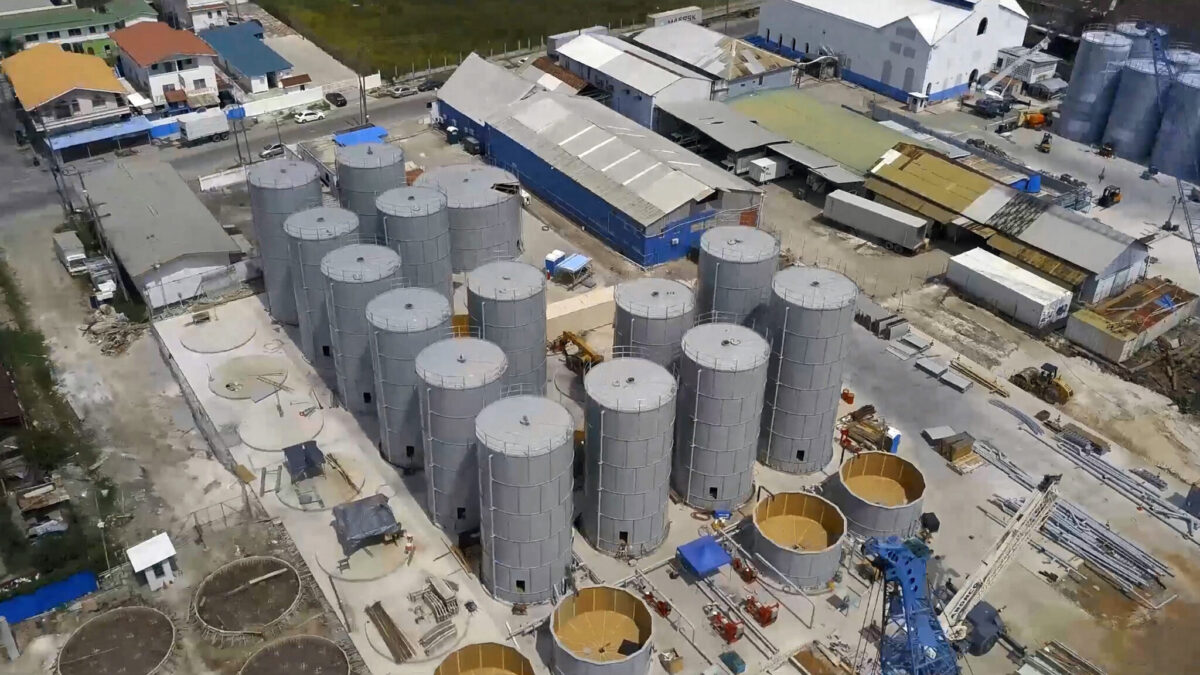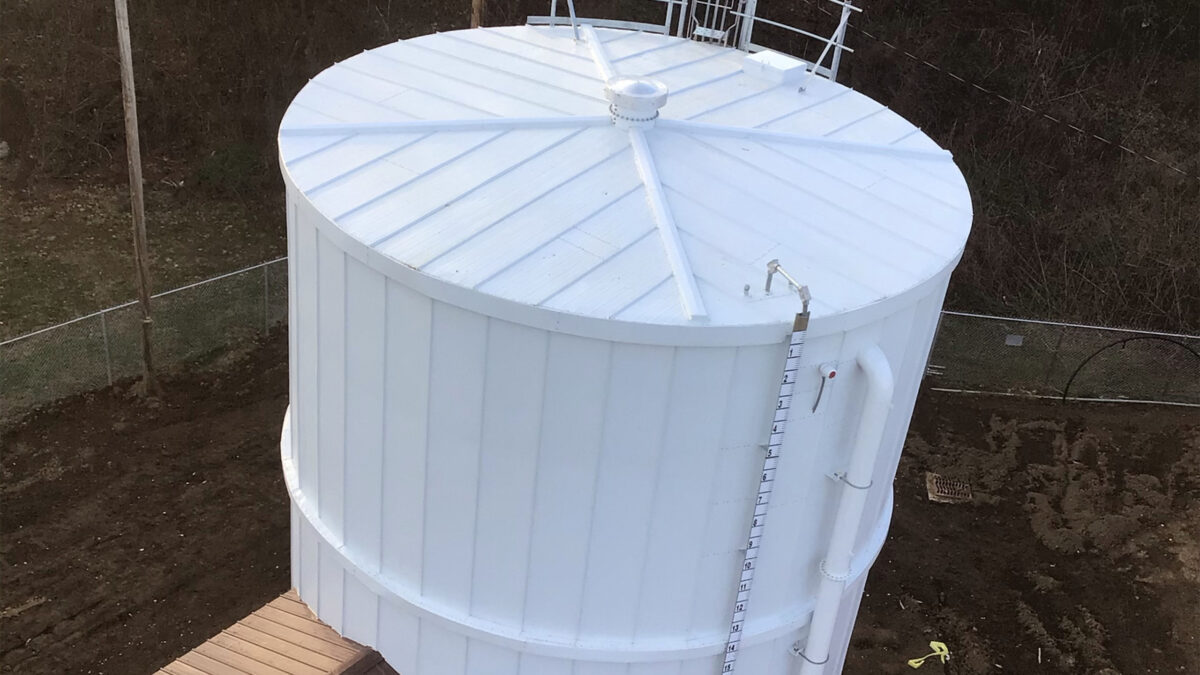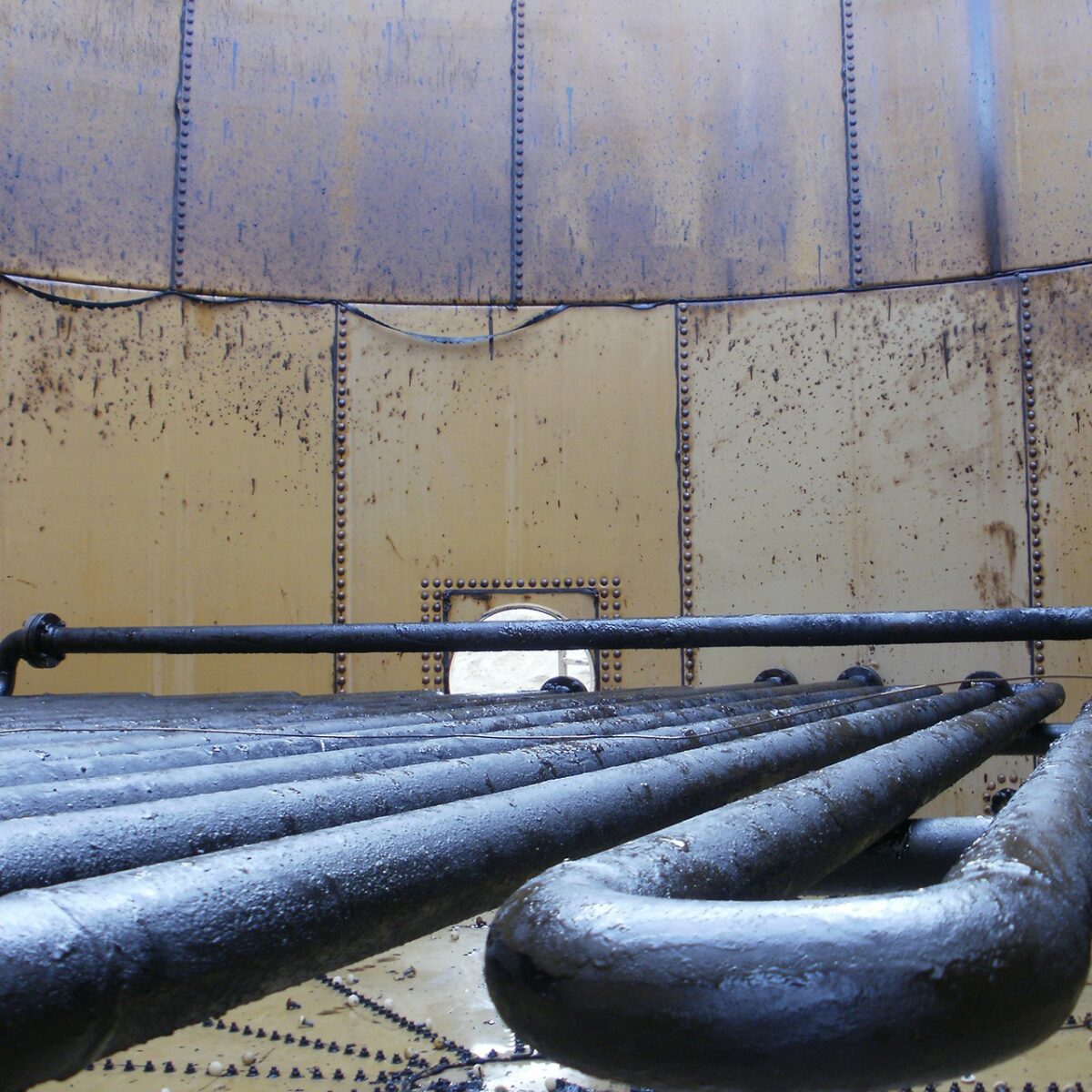The Advantages of Bolted Tanks
When choosing storage tanks, you have two options: bolted tanks or welded tanks. FORGE provides bolted storage tanks that serve a variety of industries and needs.
Naturally, we’re partial to bolted storage tanks, but that doesn’t mean they offer no significant advantages over welded tanks. Here are a few advantages worth considering when choosing your tank type and provider.
Assemble Tanks Three Times Faster
We can assemble our engineered and custom-designed bolted steel tanks three times faster than the Welded tank supply. Our process is also significantly more cost-effective, and we can assemble our tanks under almost any conditions.
They require minimal equipment and minimal labor, which amounts to significant savings that we will ultimately pass on to you.
We offer this speed without sacrificing safety standards.
Durability
A combination of proper coatings and high-quality steel allows our bolted tanks to withstand corrosion and tough weather conditions and climates.
Ease of Maintenance
With regular inspections Bolted tanks are easy to maintain. Components may be unbolted, replaced, and bolted back into place with a minimum effort. Panels come in uniform sizes and are factory-coated.
The proper coatings prevent corrosion, and are economical and simple to replace worn seals or tighten aging bolts.
Versatility
FORGE can engineer a bolted tank to serve almost any application, including water storage, dry bulk storage, wastewater storage, biofuel storage, and more.
Bolted steel tanks can be customized. They’re available in different sizes and may be altered to better suit the site. Depending on your needs, we can also build capacities ranging from 4,000 gallons to 8 million gallons.
Ready to FORGE ahead?
Contact us to request a quote on your bolted steel tank or to ask us additional questions. If you choose FORGE, you’ll work with a dedicated project manager and will enjoy competitive prices and lead times.
We field our own installation crews with employees who are experts in bolted tanks. We deliver our tanks on schedule and give you a quality install each time. Experience the FORGE difference. Contact us today.









